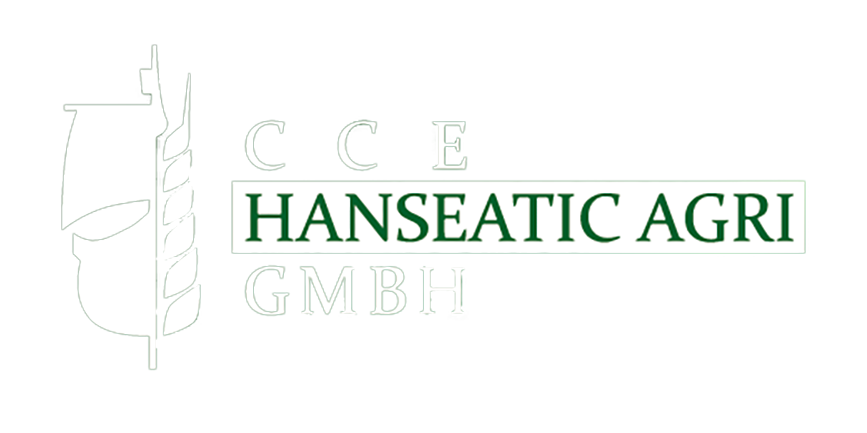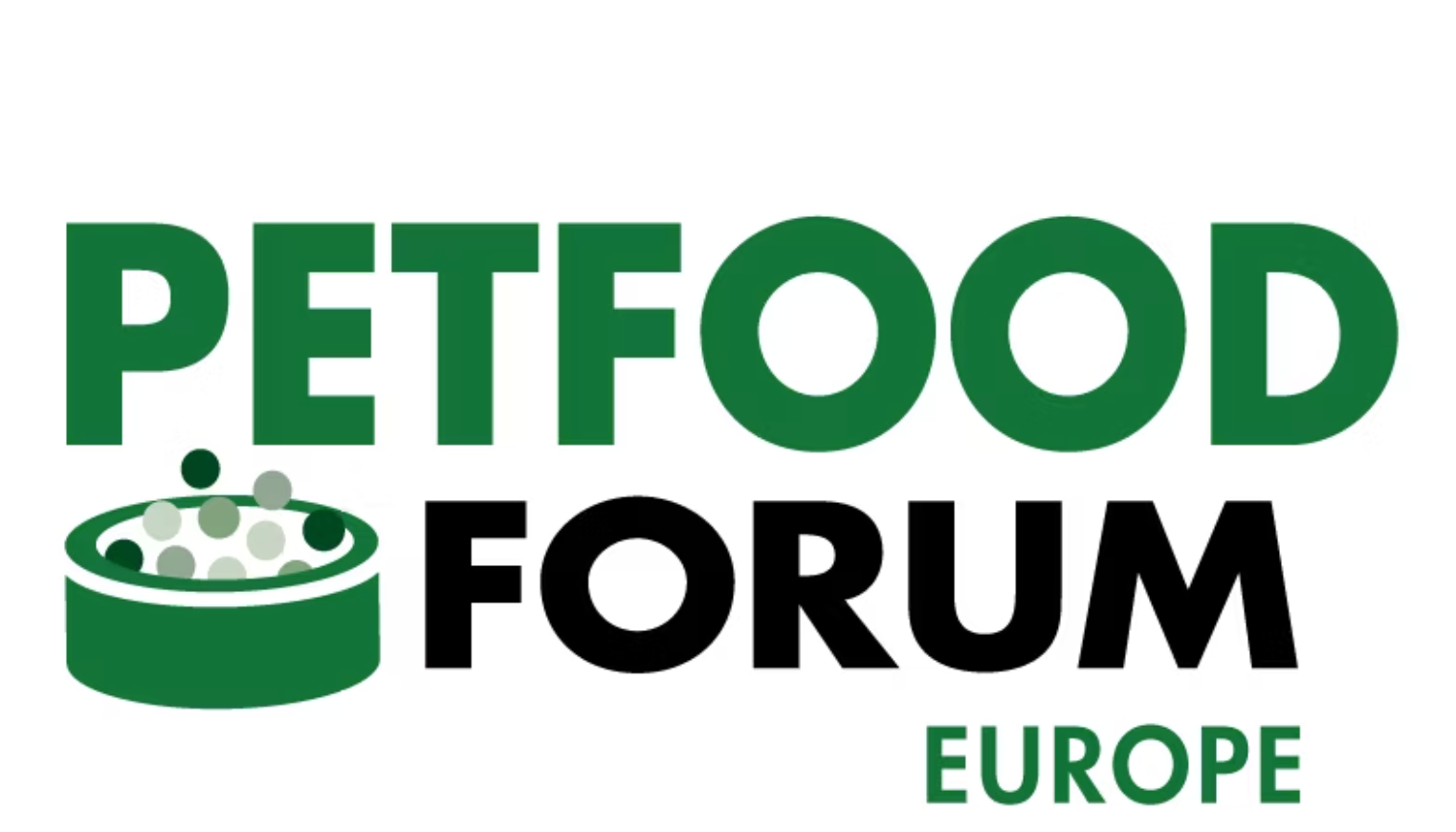Collagen VS Gelatin
At Hanseatic-Agri, we understand the pivotal role of high-quality ingredients in producing superior animal feed. Our unwavering commitment to excellence drives us to provide top-tier, bulk animal feed solutions that cater to the industry’s nuanced needs.
In this exploration of Collagen vs. Gelatin, we delve into the essence of these vital components, underscoring their significance in fostering optimal animal health and nutrition.
As we navigate through the intricacies of these proteins, we invite you to discover how our expertise and dedication position us as your ideal partner in achieving unparalleled product quality.
Understanding Collagen and Gelatin
Collagen and gelatin, hailed for their nutritional prowess, are pillars in animal feed components. Collagen, the most abundant protein in the animal kingdom, is renowned for supporting connective tissue health and offering a rich source of amino acids essential for joint, bone, and skin health.
Gelatin, derived from hydrolyzed collagen, transcends its origin by providing a unique texture and softness to pet foods, making it an indispensable ingredient in the industry.
Both substances, while differing in application and form—collagen peptides for structural support and gelatin powder for food consistency—share a common lineage, tracing back to various species’ skin, bone, and connective tissues.
- Collagen Peptides: Essential for connective tissue health, offering support for joints, bones, and skin.
- Gelatin Powder: Enhances food texture, contributing to the softness and palatability of pet foods.
The Nutritional and Functional Benefits
Including collagen and gelatin in animal feed brings a spectrum of health benefits attributed to their rich amino acid profiles and nutritional content.
Collagen peptides, in particular, are celebrated for their role in promoting gut health and strengthening connective tissues, making them a cornerstone in formulating high-quality pet foods.
Gelatin supplements, on the other hand, not only contribute to the structural integrity of food products but also share the same health benefits as their collagen counterparts, including:
- Supporting gut health and digestive function.
- Enhancing the strength and flexibility of joints and connective tissues.
- Providing a source of essential amino acids necessary for overall health.
Collagen and Gelatin in the Market
The markets for collagen and gelatin have witnessed remarkable growth, driven by their widespread application in foods, healthcare, and cosmetics. The U.S. collagen market boasts an annual valuation of over $2 billion and has a consistent upward trajectory.
Similarly, the gelatin market thrives on its versatility, producing over 300,000 metric tons annually. Hanseatic-Agri, recognizing the potential of these ingredients, proudly supplies bulk quantities to pet food manufacturers, ensuring access to:
- Collagen Hydrolysate and Collagen Powder: For enhanced nutritional profiles and health benefits.
- Gelatin and Collagen Peptides: For structural and functional improvements in pet food products.
Regulatory Landscape
Navigating the regulatory landscape for collagen and gelatin in animal feed presents its challenges. Despite their proven safety and nutritional benefits, the approval process remains cumbersome, often hindering the timely introduction of these ingredients into the market.
Advocating for a streamlined approach, akin to the Generally Recognized as Safe (GRAS) process, could significantly benefit the industry. This would allow for quicker integration of these beneficial components into pet food formulations.
Hanseatic-Agri’s Approach to Collagen and Gelatin
Our approach to supplying collagen and gelatin is rooted in a deep understanding of their importance to pet food manufacturers. At Hanseatic-Agri, we are committed to:
- Ensuring the highest quality of bulk collagen and gelatin, sourced with integrity and responsibility.
- Providing comprehensive support and expertise to our clients, helping them navigate the complexities of product formulation.
- Leveraging our industry insights to deliver products that meet the evolving demands of pet food production.
Conclusion
In conclusion, the roles of collagen and gelatin in the pet food industry cannot be overstated. Their nutritional benefits, functional properties, and contribution to animal health make them indispensable ingredients in formulating high-quality feed.
Hanseatic-Agri, dedicated to supplying bulk quantities of these essential components, stands ready to partner with pet food manufacturers in their quest for excellence.
As we continue to navigate the industry’s challenges and opportunities, our commitment to quality, innovation, and customer satisfaction remains unwavering. We invite you to leverage our expertise and resources.













